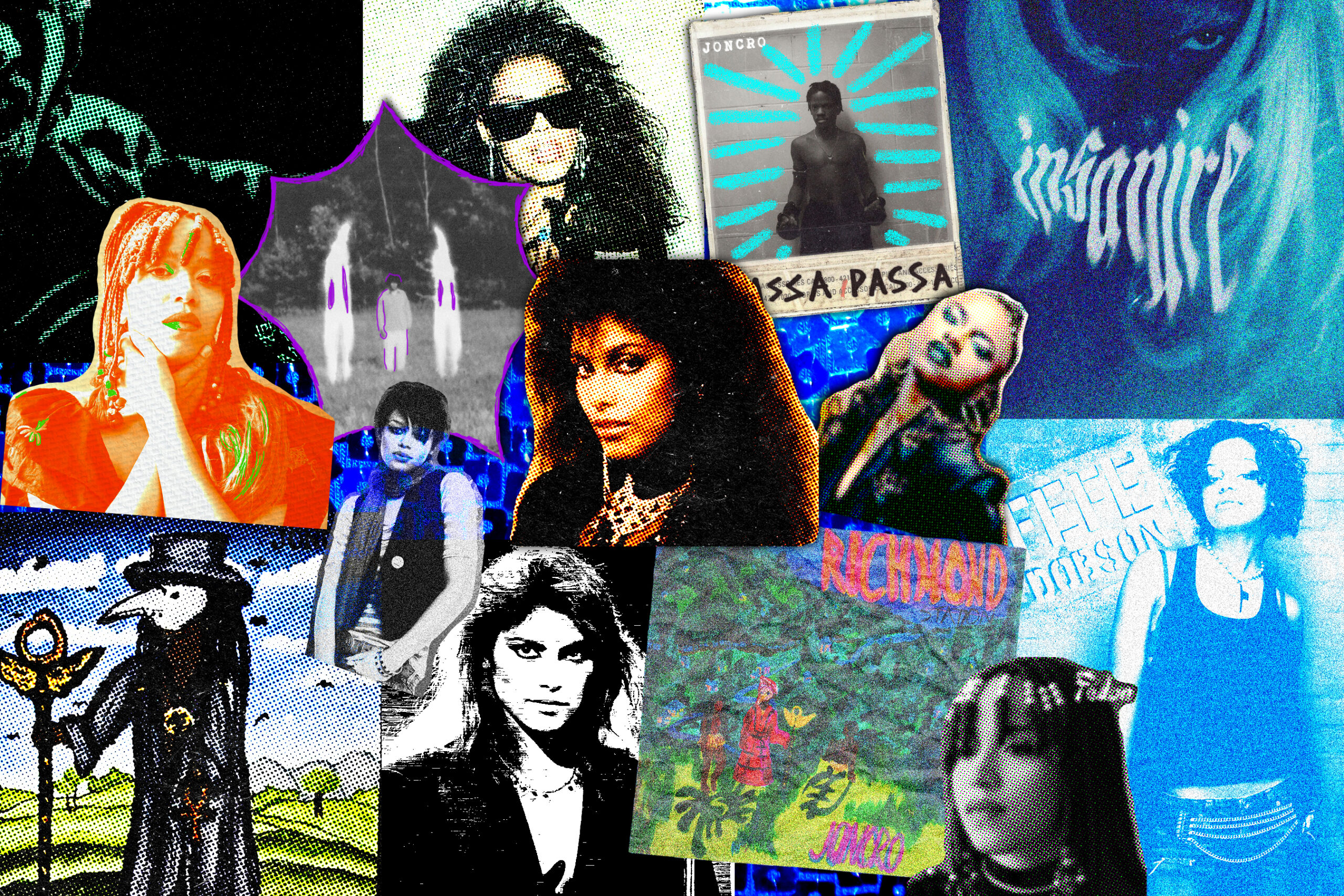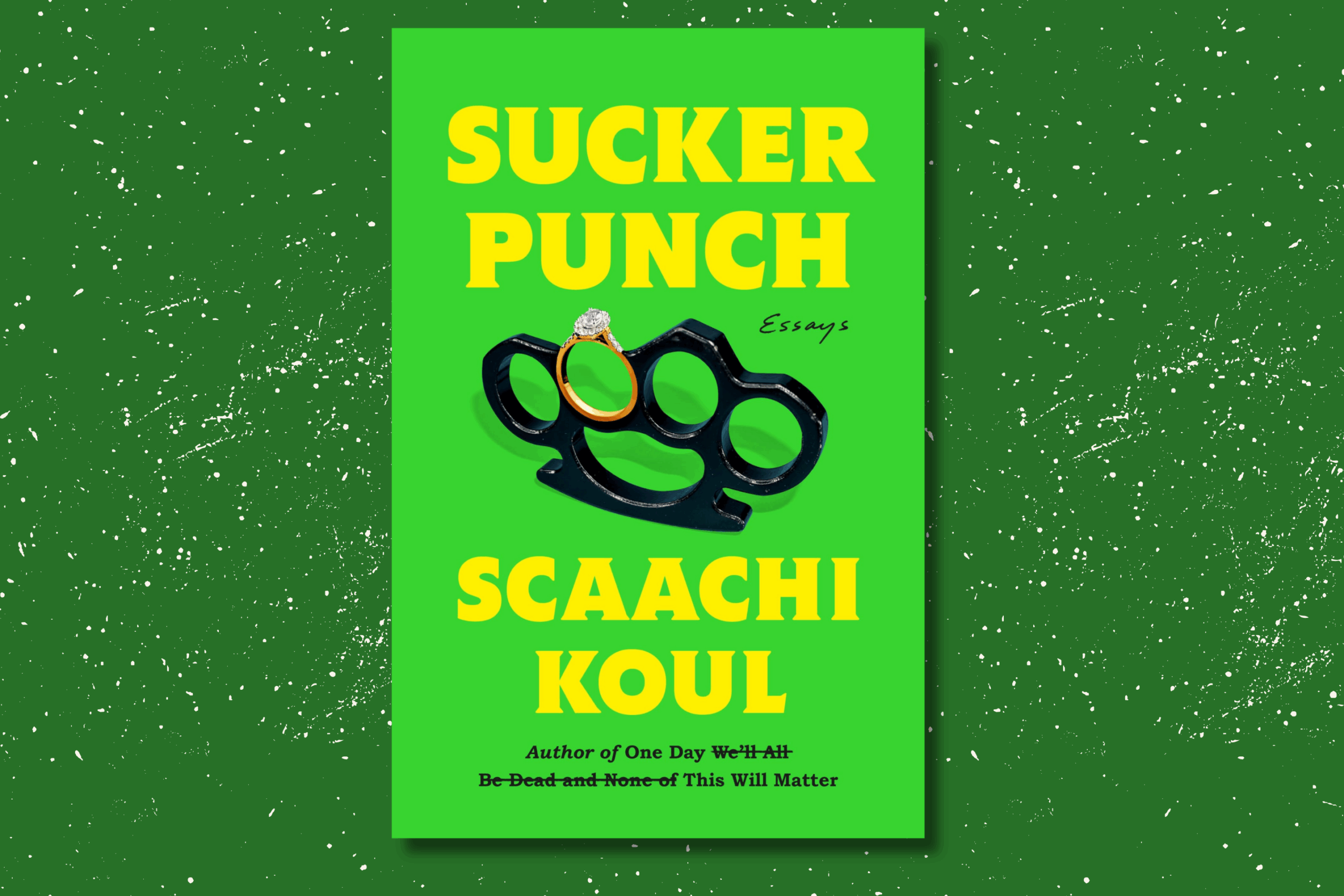
Dark academia has recently been seeing a growth in popularity across social media, with its aesthetic being displayed in movies, television shows, and primarily novels.
The year 2020 marked some significant changes in our media landscape. That may seem like a bit of a nonpoint, but the rise of TikTok coupled with the number of people inside due to pandemic restrictions saw an irreversible change within popular trends and aesthetics.
In the literature community, one such trend was the rise of dark academia. Though the subculture primarily exists online, the term is slowly creeping into the mainstream. In 2022, it was defined by Collins Dictionary as “a social media aesthetic and subculture concerned with higher education, writing and poetry, the arts, and classic Greek and Gothic architecture,” which is somewhat of a broad interpretation. To uncover what makes dark academia such an appealing genre today, one needs to trace back its history; starting with, perhaps most famously, The Secret History by Donna Tartt.
Published in 1992, the novel is what some point to as the first dark academic novel. A pioneer of its time, it is still quite relevant today — it can almost always be counted on to be present on #BookTok recommends tables at bookstores. Set at a fictional college in New England, the novel follows a group of students studying ancient Greek. The narrator, a student who joined the group after its initial formation, unveils how one of them was murdered by the group’s original members. As far as dark academia goes, it’s got it all — murder, Greek aesthetics, a fancy, secluded college. Unsurprisingly, many elements of Tartt’s magnum opus can be found in other books within the genre.
One of the first notable pillars of the genre is right in the name — academia. These novels typically take place in an academic setting; whether this is at a private boarding school or around a college campus. Still, dark academia wouldn’t exactly be academia without some form of academics. Typically, these characters are often studying Ancient Greek, Shakespearean theatre, or English literature — fields that are, for lack of a better word, pretentious. These topics are absolutely for everyone but are not necessarily accessible things to learn about and interact with, or make a living out of. This does not necessarily mean that if a character is studying one of these topics the novel they are in is a dark academic novel, but a character’s field of study, such as these examples, will often add to the atmosphere of dark academia.
A significant number of these stories see characters marked by tragedy, mystery, or both at the same time. Whether that involves crime (see If We Were Villains by M.L. Rio) or a mystery to solve (see Truly, Devious by Maureen Johnson), the characters are typically caught up in a problem larger than themselves, like solving a murder (or, in the case of The Secret History, getting away with one).
Some authors have utilized the genre and its traits to call out and criticize these academic settings which have been historically open only to white and rich individuals, see Babel by R.F. Kuang.
The novel is set in 1828 in Britain and follows Chinese-born Robin who is forced to give his help to an institution that will only use his work to further their goals of colonization. At school, he and members of his friend group continuously face racism as students of colour. Although Robin is a member of this school community, it is clear that many do not want him there, and he, like many of the other students of colour, are viewed as disposable.
As Lenore Sell puts it in her article Beyond the Aesthetics: An Introduction to Dark Academia, “Some of the novels blame elitist structures at educational institutions for the ensuing destruction, or even a dysfunctional academic landscape as a whole, although this connection is not always the object of overt criticism or satire.”
For example, in The Picture of Dorian Gray by Oscar Wilde, the characters are not directly opposed to their wealth, but Wilde uses them and their lifestyles to highlight the inherent lack of morality present in these structures. This novel is an interesting case as it holds elements of magical realism and gothic literature as well as dark academia, but its traits allow it to somewhat fit into both genres.
As more dark academic books continue to be published, their popularity seems to grow. However, sometimes what its readers are chasing is more of a feeling or an aesthetic than quality literature.
Dark academia is directly linked to an old-fashioned kind of style, with modern technology rarely, if ever, appearing in many of its most famous works. The fashion choices of the characters—such as blazers, woolen sweaters, tweed patterns, and just generally darker colour palettes—all contribute to the finely curated aesthetic of dark rooms, classic novels, candles, and typewriters. Sure, these things are all technically dark academia-inspired, but they do nothing more than just scratch the surface of what the genre purports to actually be about: learning, higher education, and literature.
A genre based purely on its aesthetics and vibes might at first seem to be only superficial and provide no substance. It can, however, encompass an idea or way of life that some crave. Sell writes in her article, “The rise of dark academia can be an expression of the longing of younger generations for a lifestyle temporarily or permanently inaccessible to them.”
This longing could especially be felt by those who are unable to afford post-secondary education, or those typically excluded from higher academic circles. Attending a post-secondary institution comes with a sense of community, particularly for those who live on campus and broaden their experiences by participating in new activities and meeting new friends. These institutions, while being flawed, are incredibly important because of this, as they provide something that many of us want. Following this logic, it’s possible then, that the boom in dark academia’s popularity was a result of people longing for these institutions that were closed during the pandemic or are unavailable to so many people.
Racism and class inequality contribute to the lack of diversity seen in higher academic settings, particularly because of how expensive post-secondary education can be. It’s why turning to social media to fulfill these dreams is easier for many.
Katie Xu (@katiexsocials), a TikToker who posts about building your personal brand and learning how to market yourself, posted a video on TikTok’s ability to foster human connections, stating, “People on TikTok are connecting to people. When I see someone on my For You page, I listen to what they have to say … I’m listening to them as a person, and I’m trying to understand them as a person.”
While she does not make any reference to dark academia, her idea has merit because of the way platforms like TikTok are designed to make sure you interact with people who share the same interests as you. Social media itself is perhaps the largest and most influential community there is, so for individuals to turn to that at times of uncertainty and find solace in a niche like dark academia is reflective of the weight the genre held then and still holds today.
Currently, TikTok has over four hundred thousand posts under its dark academia tag, based on videos about the aesthetic and the books that fall into its category. While the majority of the hype (at least in my opinion) has died down a bit, it is still a genre that is very much relevant outside of social media. For example, outside of the literature community, other mediums have used the dark academic aesthetic to tell stories, such as podcasts like The Alexandria Archives or The Magnus Archives. The aesthetic is also present in TV shows like Wednesday or A Series of Unfortunate Events. It can even branch out into music with a more recent example being Taylor Swift’s THE TORTURED POETS DEPARTMENT.
But to bring it back to literature, one of the most recent books on the scene is Curious Tides, by French-Canadian author Pascale Lacelle.
The novel has all the most familiar trappings of a dark academic book, but with a magical twist in line with stories in the fantasy genre. Set at a fictional college, the protagonist has to investigate the secret society that seems to be connected to her classmates’ mysterious deaths. Only, these deaths of which she is the only survivor have left her with heightened powers. Similar to Babel, this blend of a different genre with dark academia prolongs the genre’s lifespan and takes it to places it has not traditionally been.
Like all other trends, the dark academia one will most likely not have wide-ranging impacts outside of its small niches, but I’m talking purely about its aesthetic sense. In the literary market, it looks like there are still plenty more stories to tell that can deviate from the traditional dark academia novel while still using its most popular elements.




